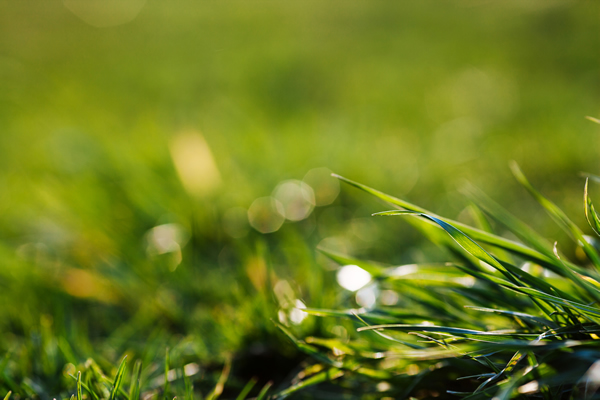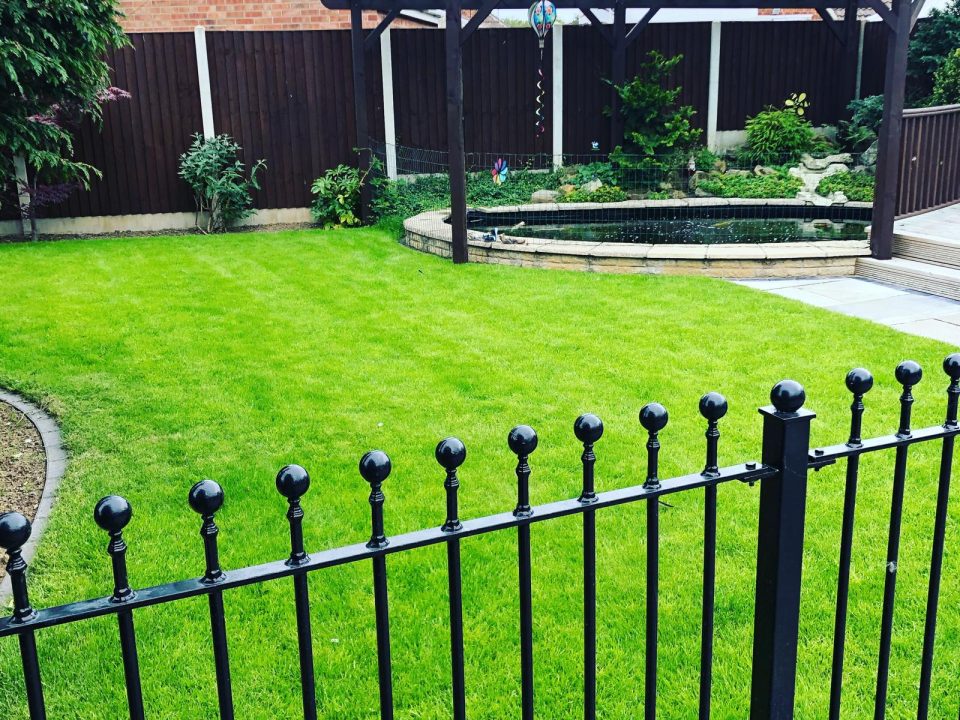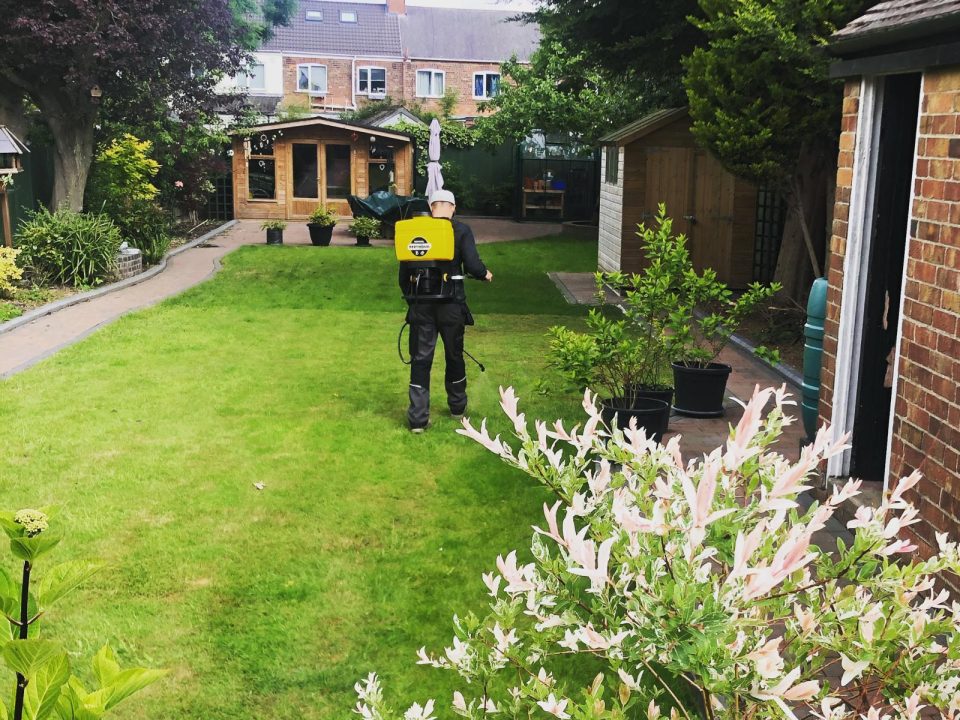Assess Your Lawn’s Health for Year-Round Vibrancy
27 May 2020
Moss building up over Winter? Lawn Care Hull can help
29 May 2020
Are unwanted pests and diseases ruining your lawn? Keeping your garden healthy and vibrant all year round is essential, especially in regions like South Cave, Brough, and other nearby areas. This guide will help you understand how to effectively manage lawn pests and diseases throughout the seasons.
Understanding Common Lawn Pests
To protect your lawn, it’s crucial to identify common pests. Lawn grubs, chinch bugs, and sod webworms are frequent nuisances. These pests love to feast on your grass roots and stems, weakening your lawn over time. Recognising the signs early, such as brown patches or thinning grass, can help you take swift action.
Natural solutions work wonders. Beneficial nematodes and organic pesticides can control infestations without harming the environment. It’s all about maintaining a healthy balance in your lawn’s ecosystem.
Preventing Lawn Diseases
Diseases like brown patch, dollar spot, and powdery mildew can wreak havoc on your lawn. They often arise due to improper watering, poor aeration, or excessive thatch. Hence, prevention is key.
Regular maintenance is vital. Ensure your lawn gets the right amount of sunlight and don’t overwater, especially during humid months. Aerating your lawn annually and dethatching when necessary will prevent disease buildup.
Seasonal Lawn Care for Disease Management
Each season brings unique challenges. In spring, focus on removing debris and ensuring proper drainage. Aerating and overseeding can prepare your lawn for summer stress.
Summer requires vigilant watering. Early mornings are best to reduce evaporation. Be on the lookout for pests and signs of disease. As autumn arrives, fertilise your lawn to strengthen grass for the winter months ahead.
Choosing Organic Treatments
Organic lawn care offers a sustainable approach to pest and disease management. Products like neem oil and compost teas serve as natural fungicides and pesticides. They are less harmful to beneficial insects and the environment.
Switching to organic shouldn’t be daunting. Start with small steps, integrating natural products gradually into your routine, ensuring you read and follow application instructions carefully.
Seeking Professional Help
If managing pests and diseases feels overwhelming, consider reaching out to professionals. Experts can identify issues quickly and provide tailored solutions. Local services often have insights specific to areas like Hessle, Anlaby, and North Ferriby, ensuring effective, localised care.
For comprehensive lawn care help, visit Lawn Care Hull for professional advice and assistance.
Top Tips:
Monitor your lawn regularly for signs of pests or diseases.
Implement a strategic watering schedule.
Choose organic treatments for a healthier environment.
Maintain a seasonal lawn care routine for optimal health.
FAQ:
Q: How can I tell if my lawn has a pest problem?
A: Look for brown patches, thinning grass, or visible insects. These are common signs of an infestation.
Q: What are the best organic treatments for lawn diseases?
A: Neem oil, compost teas, and beneficial nematodes are excellent organic options.
Q: Is professional lawn care expensive?
A: Costs vary, but investing in professional care can save you money in the long run by preventing damage and maintaining lawn health.
In conclusion, maintaining a healthy lawn requires vigilance and appropriate care throughout the year. Have you tried any of these pest and disease management tips? Share your experiences and questions below. For more expert advice, explore the services provided by local professionals in your area.
For more, see this Wikipedia article on turf.


